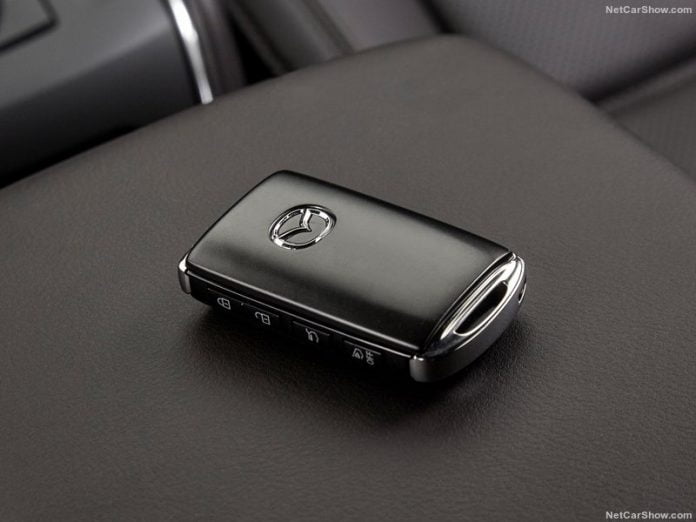A car is a great gift that you can give to a family member. Inheriting a vehicle from a relative is also common. In both cases transferring the ownership title is required for the person receiving the car to become its owner in the eyes of the law. For people in a tight financial situation, getting a car as a gift from a close relative is the only alternative to buying used cars with bad credit with no down payments.
Follow this guide to make transferring a car title to a family member no more difficult than it needs to be.
1. Who is eligible for the family member car title transfer?
If you own a car, you can sell it to anybody, including a family member and then transfer the title. But gifting is a much better option, as the immediate family members are exempt from the sales tax. This includes parents and stepparents, spouses, children (biological, stepchildren and adopted), siblings and half-siblings, grandparents and grandchildren, in-laws, uncles and aunts. If the last name of a family member differs, you will need documents to prove your relationship.
2. Do you have a legal ownership title?
If you are the person gifting the car, make sure that you have proof of being its legal owner. Without a document called the car title, you will be unable to transfer the ownership of your car to anybody else. This document has all the necessary info about the car and its legal owner. If you kept it safe and have it at hand, good for you! If you lost it, visit the Department of Motor Vehicles to obtain a new copy. Be prepared to pay a fee. You might want to check the DMV website to learn how you can replace a lost title, as the process differs from state to state.
3. Do you have any unpaid loans with the car as collateral?
In most cases you cannot transfer the car title if there are active liens on your vehicle. Lien holders are persons or institutions (such as banks) you have borrowed money from against your car. The car title will have their names on it. Often you will not even have the title on hand until you repay the loan. After you paid off all the loans, the lien holders are required by law to notify the DMV. Some states require you to personally visit the DMV to update the title. In others you will receive your new document in the mail. To learn the exact process visit your state’s DMV website.
While it technically possible to transfer the title when the loan is not closed, it is extremely rare and lenders are not in favor of this. You will need to contact the lender directly and ask them about the possibility of transfer. If the lien holder agrees to the transfer, you will receive the car title or notarized lien lease. The responsibility to pay off the loan will go to the new owner.
4. Do you need to go to court?
The process may get a bit more complicated if a person gifting the car is not the sole owner. If you co-own a vehicle, you must obtain legal permission to transfer the title signed by the co-owner. For example, a married couple that owns a car together has to make a joint decision in writing to gift it to a relative. If one spouse dies, the remaining co-owner can in most cases make the transfer alone, providing a copy of the death certificate with the title. Additional paperwork to make the title transfer is required if you inherit the car. If you inherit from a deceased member of the family, you may need to obtain an order for the title transfer from the Probate Court.
5. Making the title transfer.
Transferring a car title is a more or less standard procedure across the USA. There are some additional state rules that apply to transferring the car title, which you need to check before filling out the paperwork.
If you have a ‘free and clear’ title, here’s the the next step. The back of the title has the transfer section, that has to be filled out by the person giving the car and the family member receiving it.
- List your name and the name of the family member.
- Fill in your driver’s license info.
- Provide the odometer reading at the time of the transfer.
- Date the document.
- Both parties should provide their signatures.
- Don’t forget to put the word ‘gift’ in the sale price box if you are giving your car away.
The writing should be concise and clear, without mistakes, cross-outs or smudges. Otherwise you will have to start over with a new copy of the title. Some states may require to have a witness and provide documented proof of the relationship when you sign your car off to your family member.
6. Verifying insurance for the new owner.
The person receiving the vehicle will have to show that they are adequately insured before taking ownership. They will have to contact the insurance company for a letter of proof. If this is the first car for your family member (for example, grandparents gifting a car to their young granddaughter), they need to take out an insurance policy before they can have the car.
7. Completing the vehicle title transfer.
The person receiving the car will have to provide the DMV with the following:
- car title,
- vehicle registration card,
- proof of insurance,
- driver’s license or government-issued ID,
- proof of a passed vehicle inspection and, sometimes, an emissions certificate,
- money for the registration fee.
The new owner will receive a temporary registration and in a couple of weeks the new title will be mailed to them. After it arrives, it’s advised to check the document for typos and make sure that all information is correct.











